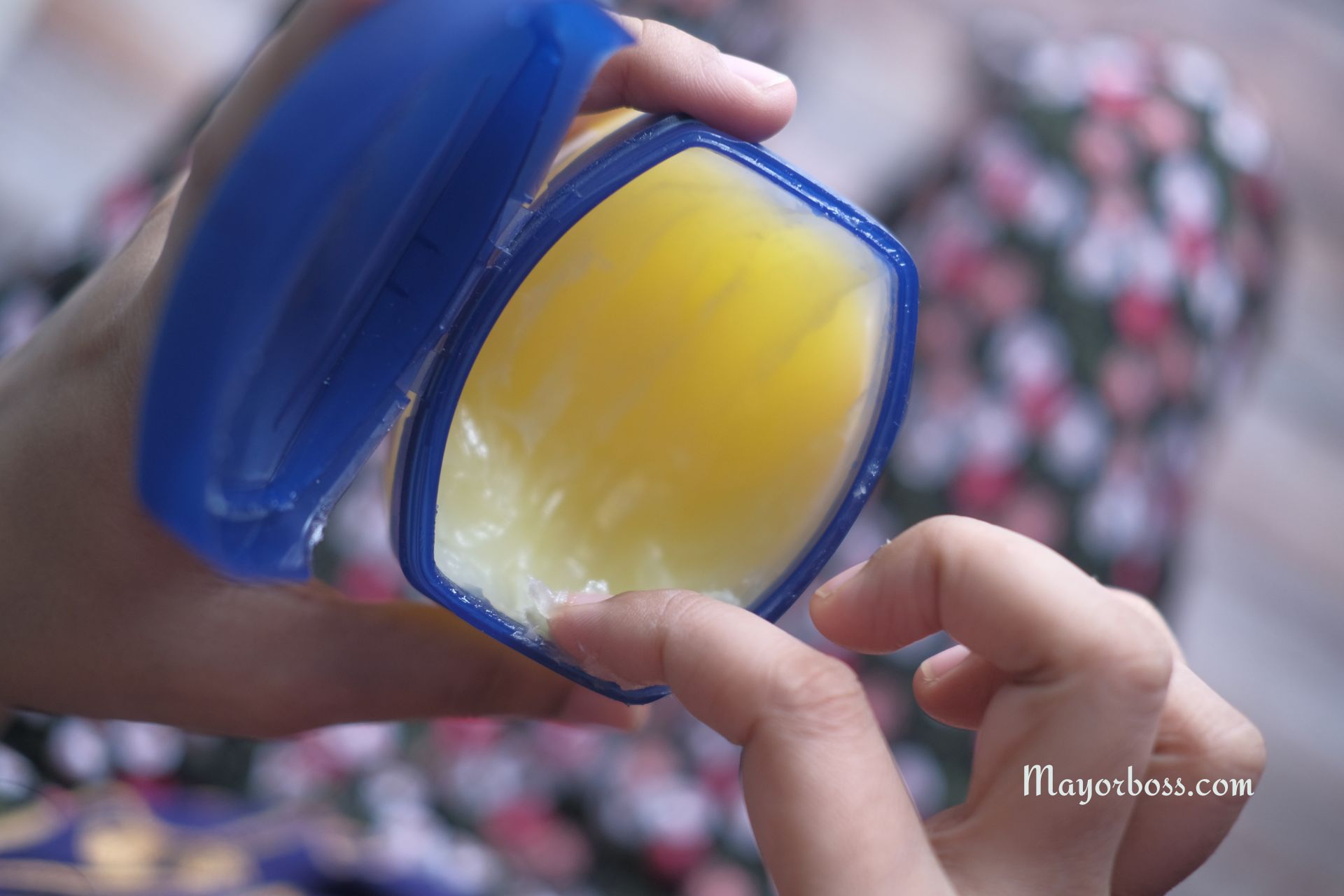Can Vaseline Help a Yeast Infection? The Surprising Truth
When dealing with the discomfort of a yeast infection, people often seek out immediate, accessible relief. Vaseline, or petroleum jelly, is a common household item that many consider using for various skin issues due to its moisturizing properties. However, when it comes to treating yeast infections, the suitability of Vaseline is not as straightforward as one might think. This article delves into the effectiveness of Vaseline for yeast infections, exploring the surprising truth behind its use.

What is Yeast Infections?
Before we examine the role of Vaseline, it’s crucial to understand what yeast infections are. Caused by the overgrowth of a fungus named Candida, yeast infections can affect any part of the body but are most commonly found in the mouth, throat, gut, and vagina. Symptoms include itching, redness, discomfort, and sometimes a thick, white discharge.
Why Yeast Infections Occur
Yeast infections arise from various factors, including antibiotic use, a weakened immune system, high-sugar diets, and hormonal changes. These conditions disrupt the natural balance of microorganisms in the body, allowing Candida to proliferate.
The Role of Vaseline in Treating Yeast Infections
Vaseline, a byproduct of the oil refining process, is celebrated for its ability to protect and heal dry skin. It works by creating a barrier on the skin, locking in moisture, and preventing water loss. Given these properties, one might wonder if Vaseline could help soothe the irritation and dryness associated with yeast infections.
The Surprising Truth
- Barrier, Not Healer: Vaseline acts as a barrier, which means it can trap moisture and create an environment that might inadvertently support fungal growth. This is the opposite of what you want when treating a yeast infection.
- Lack of Antifungal Properties: Vaseline does not possess any antifungal properties, meaning it does not address the root cause of a yeast infection—Candida overgrowth.
- Risk of Further Irritation: For some individuals, the application of Vaseline to sensitive areas affected by a yeast infection can lead to additional irritation or allergic reactions.
Alternatives to Vaseline for Yeast Infection Relief
Given the drawbacks of using Vaseline, it’s important to explore safer, more effective alternatives for treating yeast infections:
- Antifungal Medications: Over-the-counter (OTC) and prescription antifungal creams, ointments, and suppositories are specifically designed to combat yeast infections by targeting the fungus directly.
- Probiotics: Supplementing with probiotics, particularly those containing Lactobacillus strains, can help restore the natural balance of bacteria in the body and counteract yeast overgrowth.
- Natural Remedies: Some natural remedies, such as tea tree oil and garlic, have been found to possess antifungal properties. However, it’s crucial to approach these with caution and consult a healthcare professional before use, as they can also cause irritation in sensitive areas.
Preventive Measures
Preventing yeast infections can be more effective than treating them. Here are some tips:
- Maintain Good Hygiene: Regular bathing and wearing clean, breathable clothing can reduce moisture and inhibit fungal growth.
- Dietary Changes: Reducing sugar intake can help prevent yeast overgrowth, as Candida thrives on sugar.
- Avoid Irritants: Limit the use of scented hygiene products and douches that can disrupt the natural flora of sensitive areas.
FAQs
Q: Can Vaseline cure a yeast infection? A: No, Vaseline cannot cure a yeast infection as it lacks antifungal properties and might even worsen the condition by trapping moisture.
Q: Are there any side effects of using Vaseline for yeast infections? A: While generally considered safe for external use, Vaseline can trap moisture and potentially lead to further irritation or an allergic reaction in sensitive areas.
Q: How can I safely relieve yeast infection symptoms at home? A: Over-the-counter antifungal treatments are the safest and most effective option for home relief of yeast infection symptoms. Natural remedies can offer some relief but should be used with caution and under the guidance of a healthcare professional.
Summary
In summary, while Vaseline is a widely used product for moisturizing dry skin, it is not suitable for treating yeast infections. Its properties can create an environment that may exacerbate the condition by fostering fungal growth. The best approach to managing yeast infections is through the use of antifungal medications, probiotics, and preventive measures.
